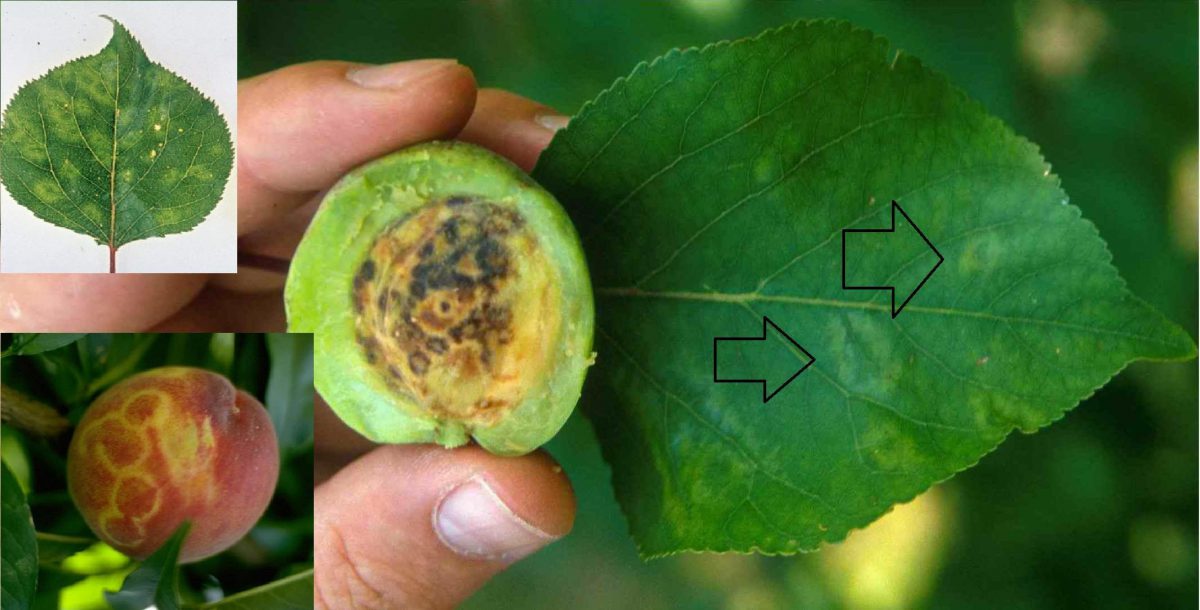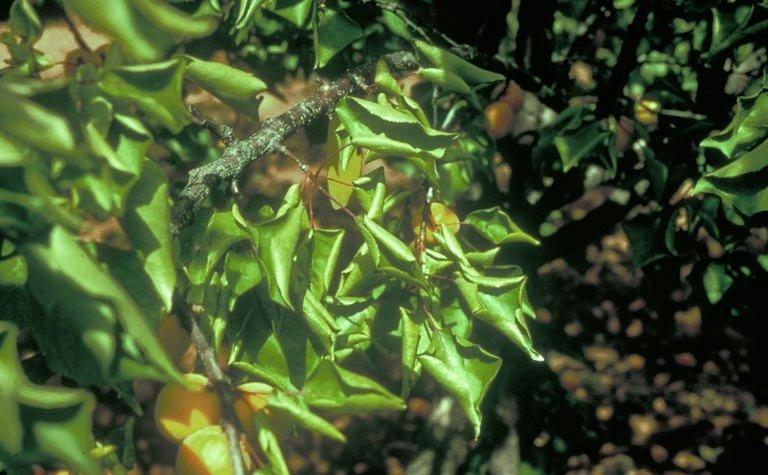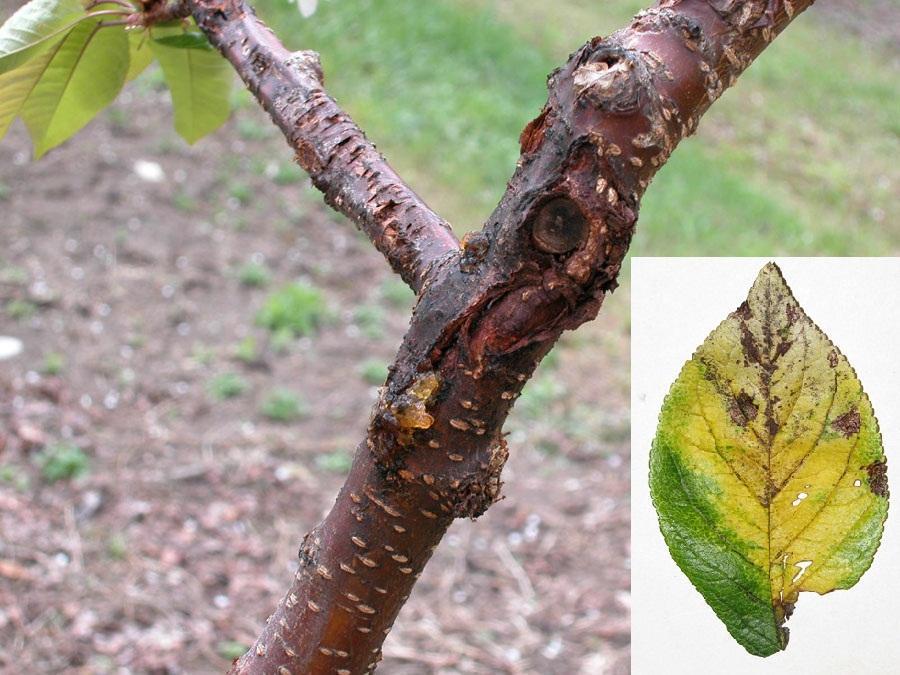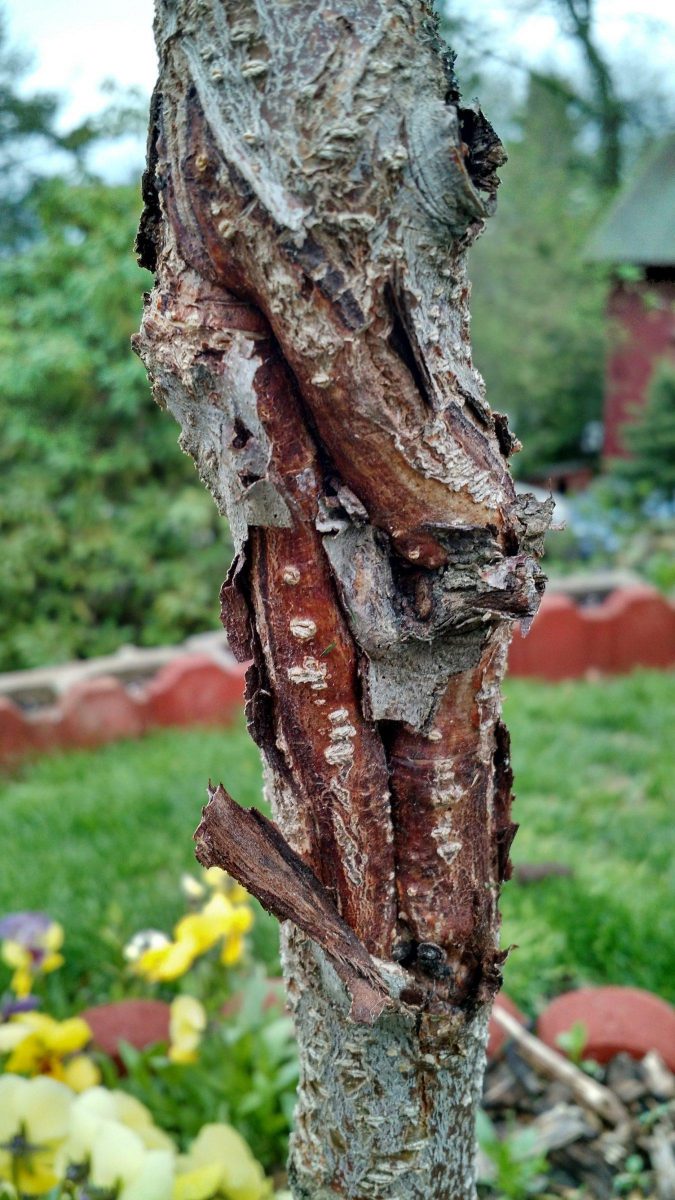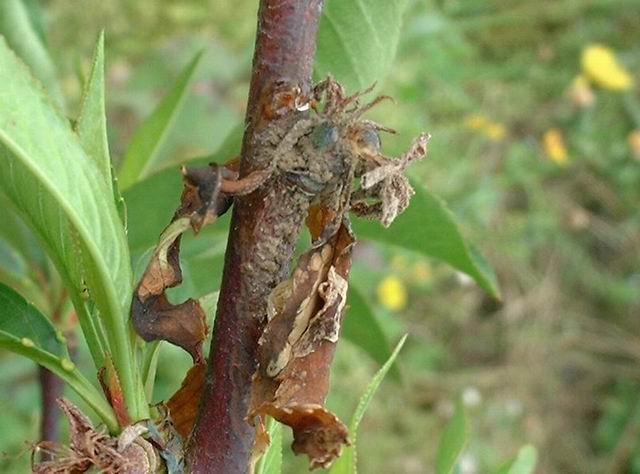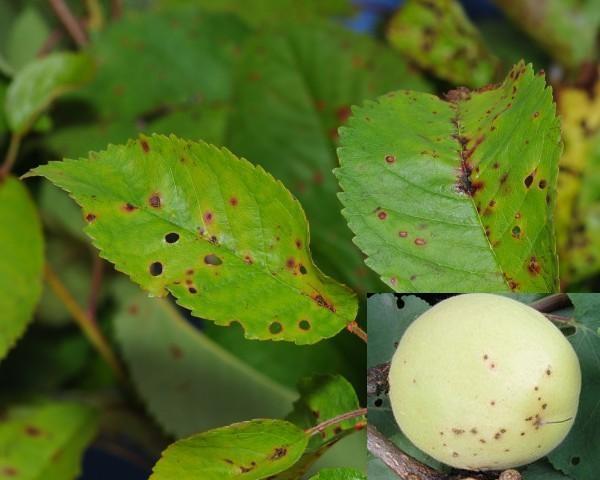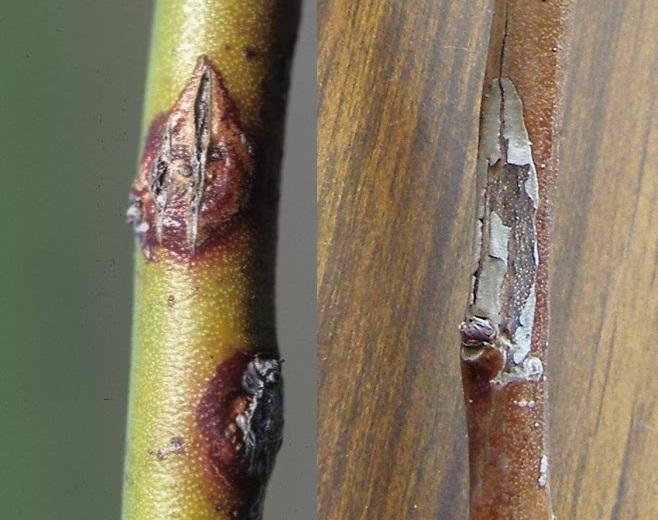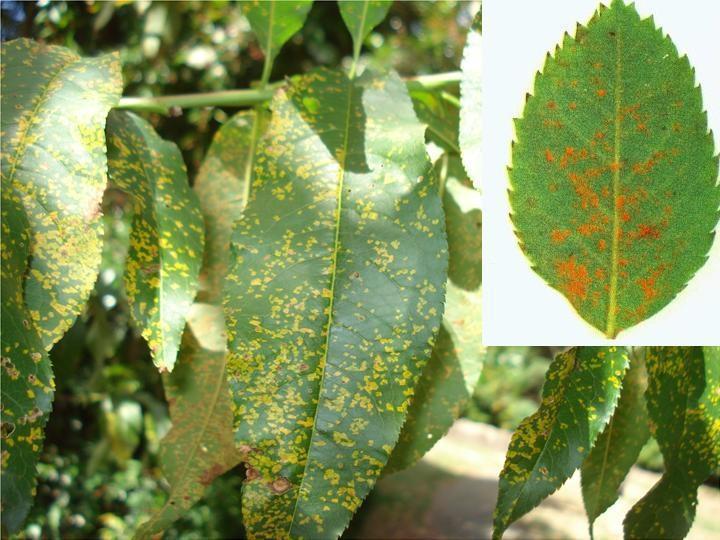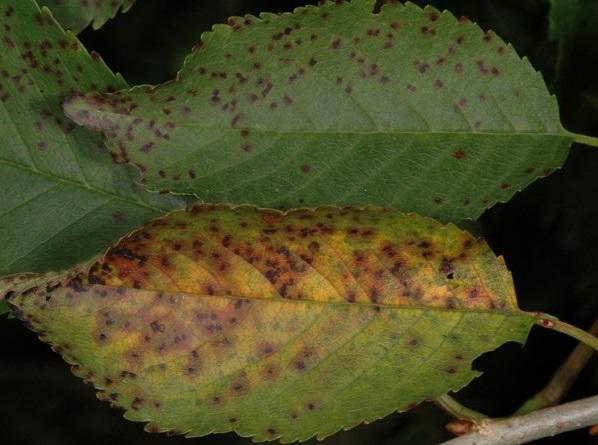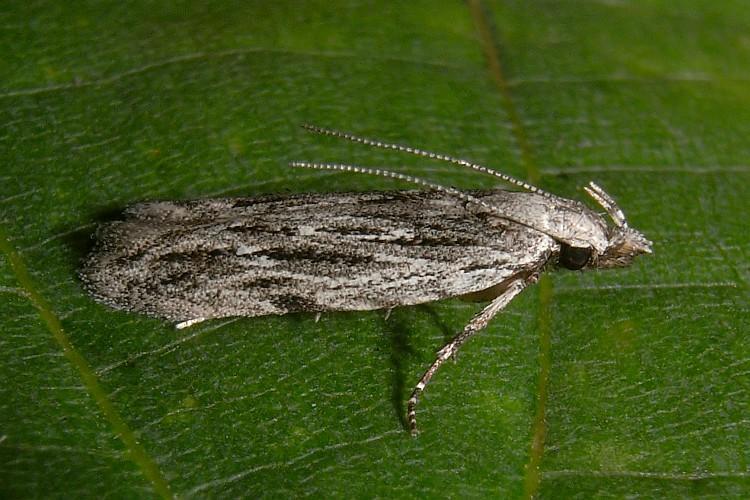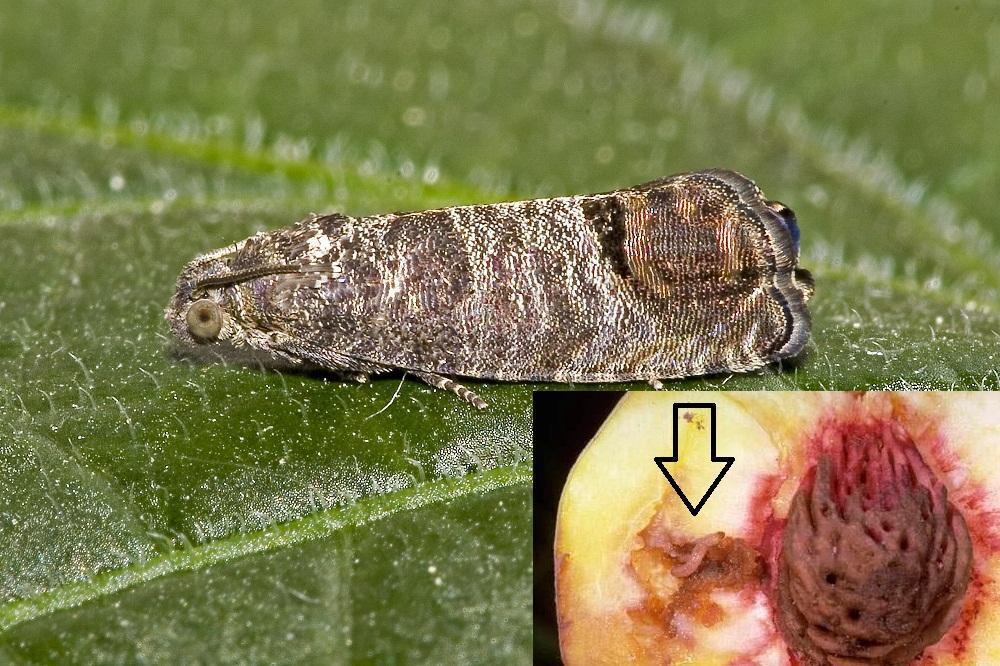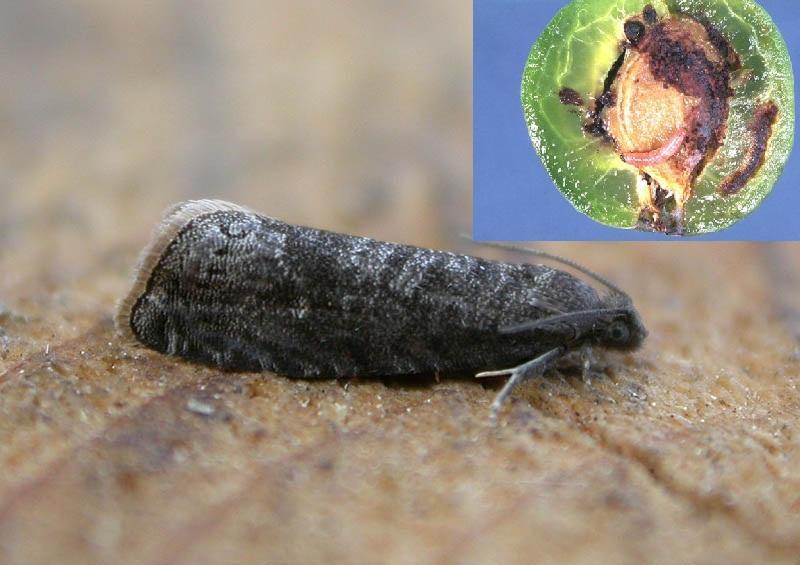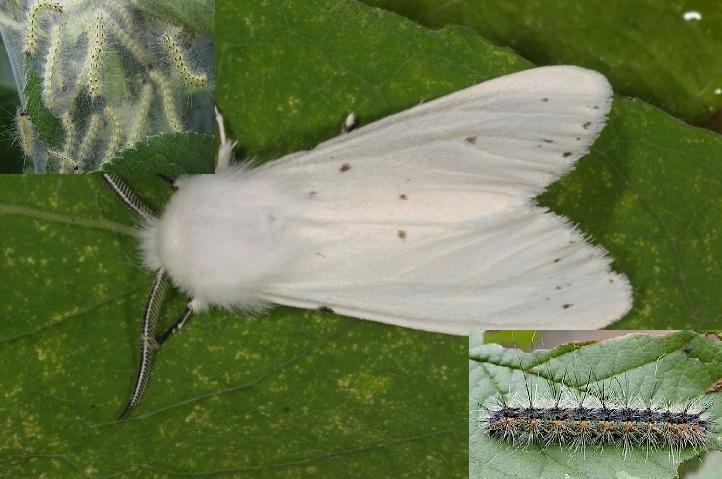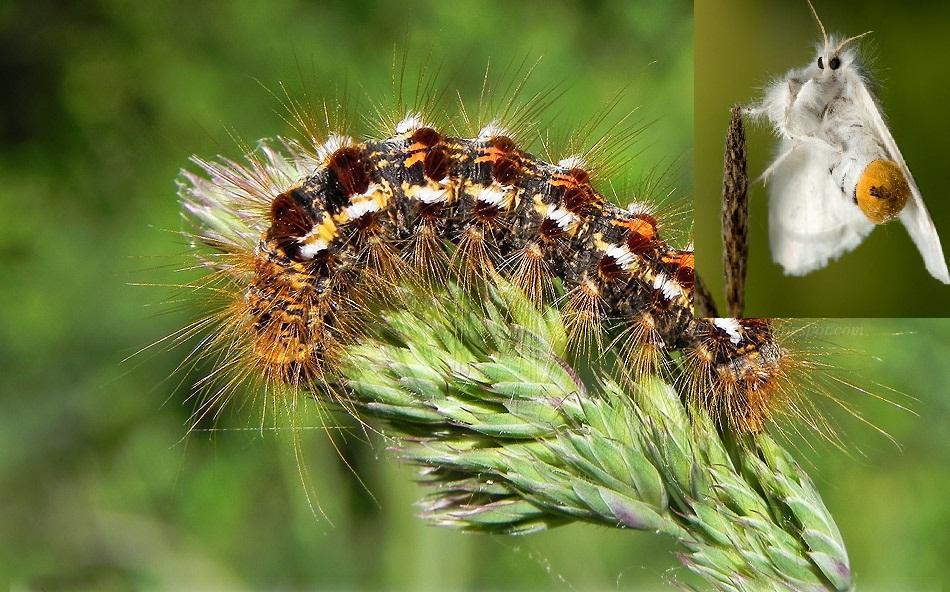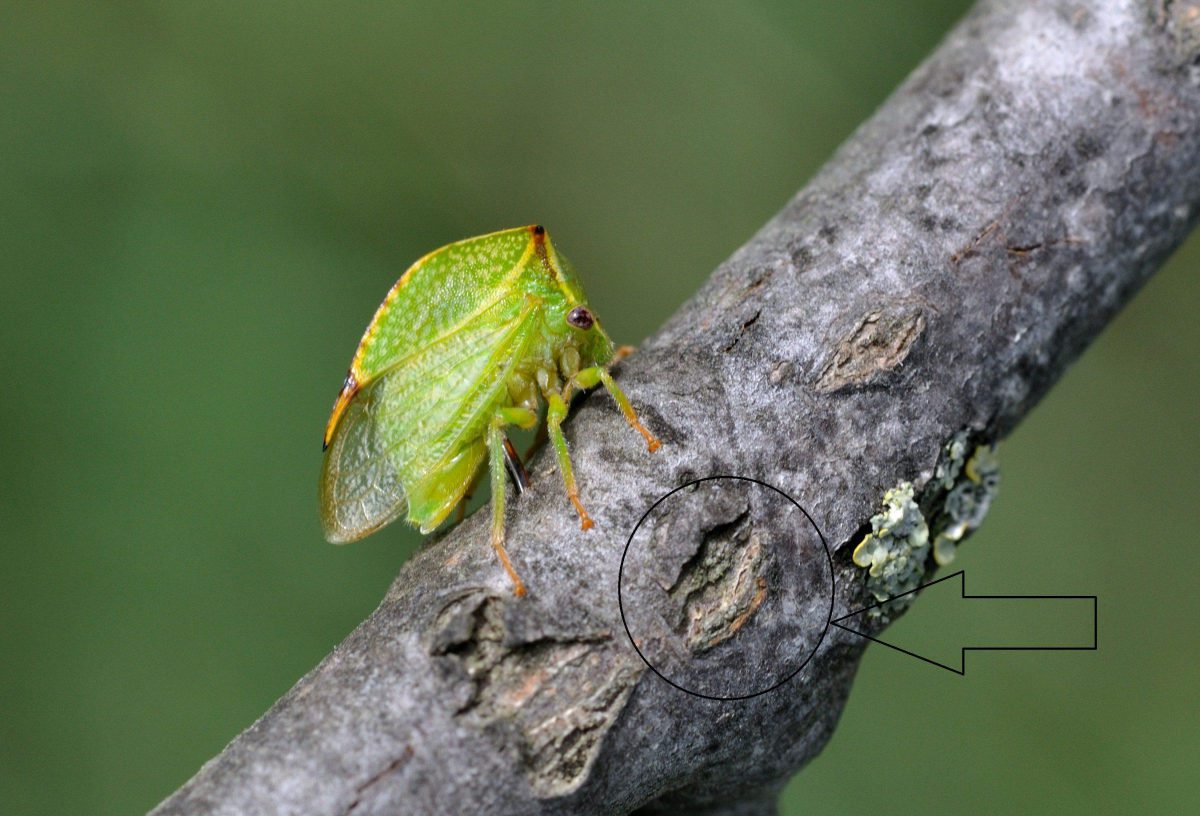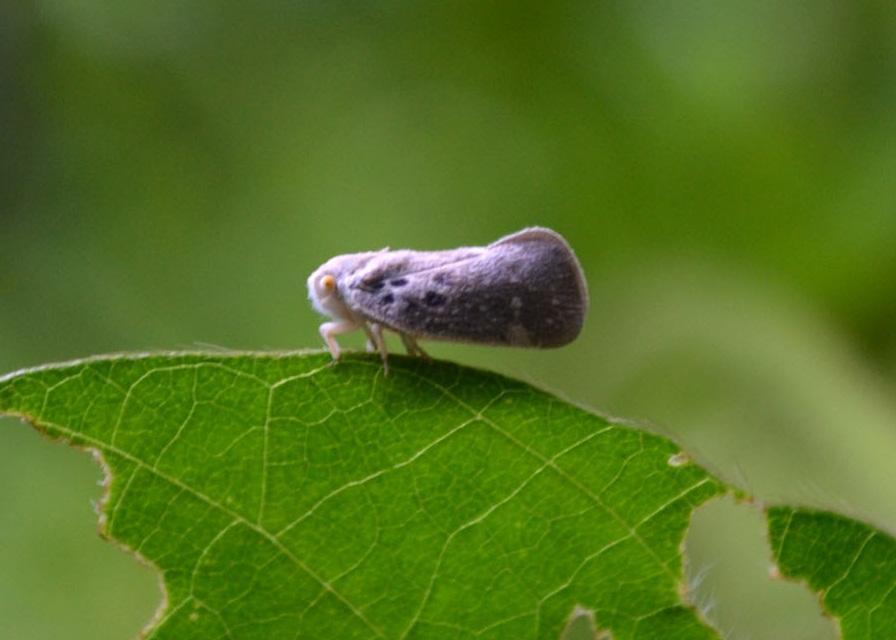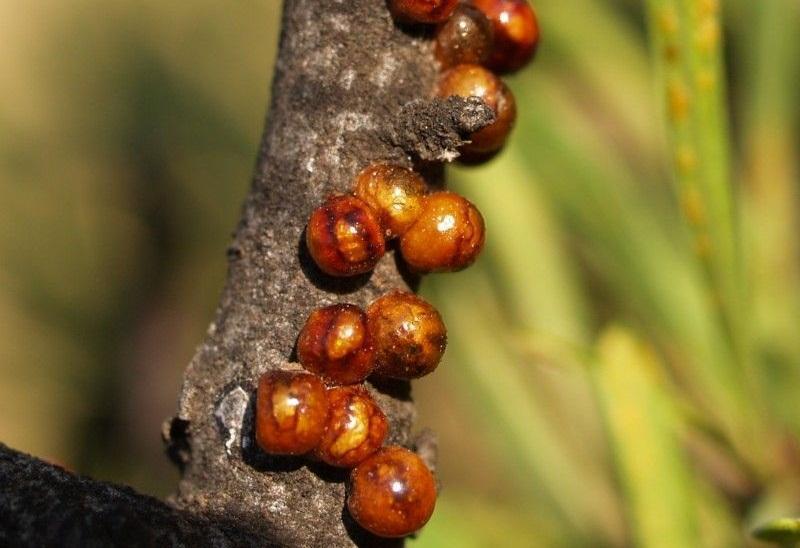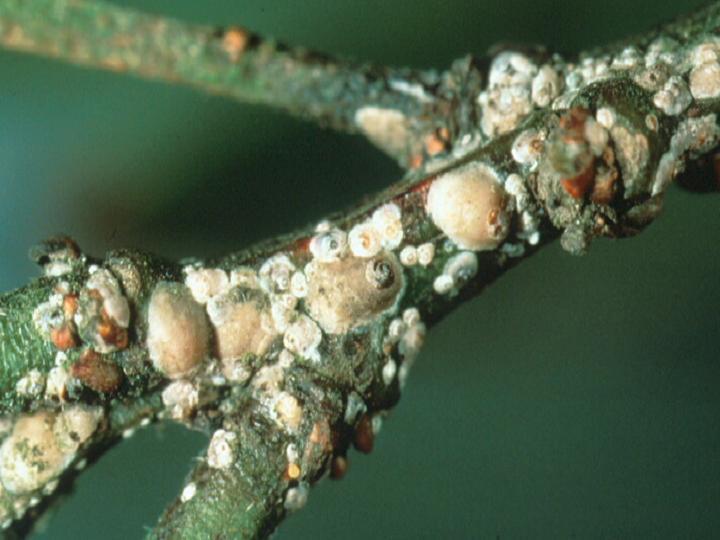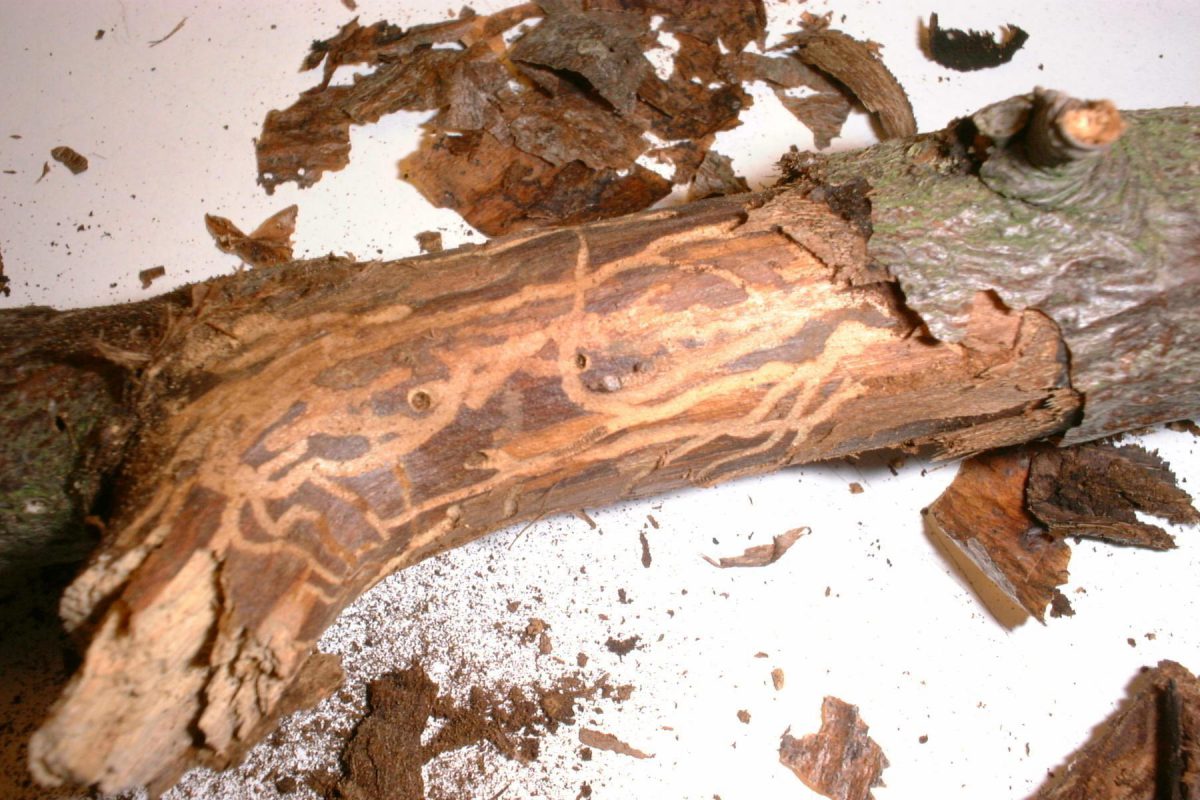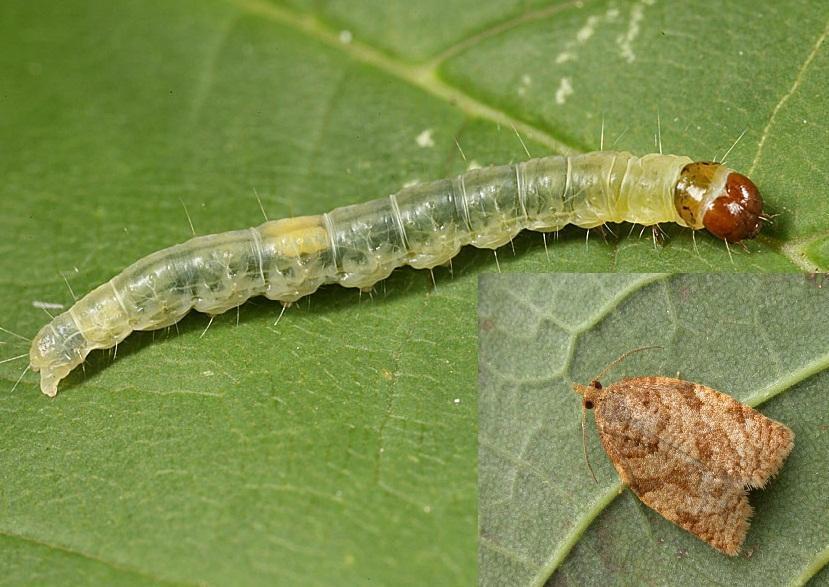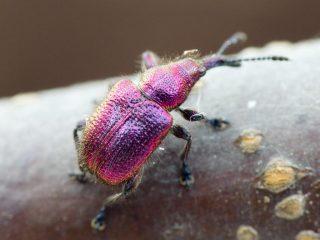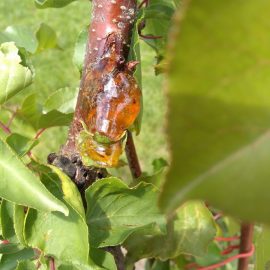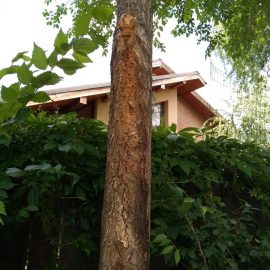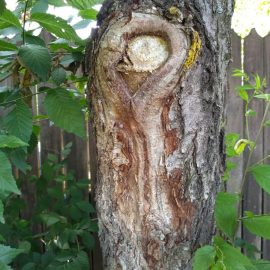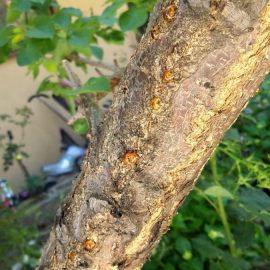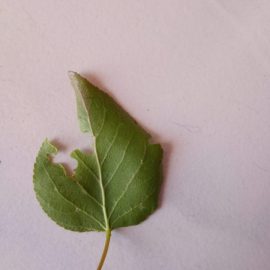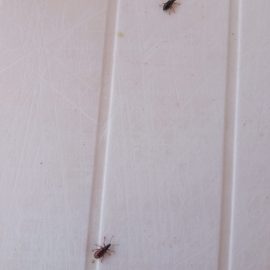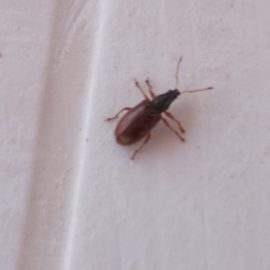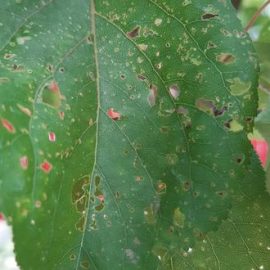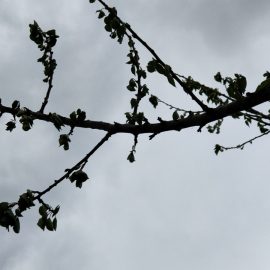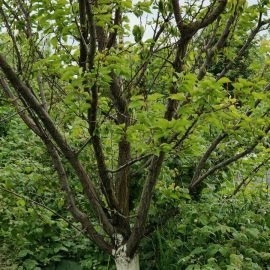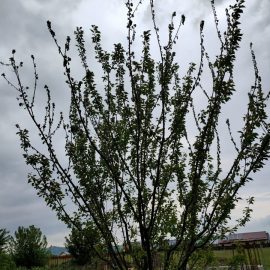Apricot tree treatments, pest and disease control
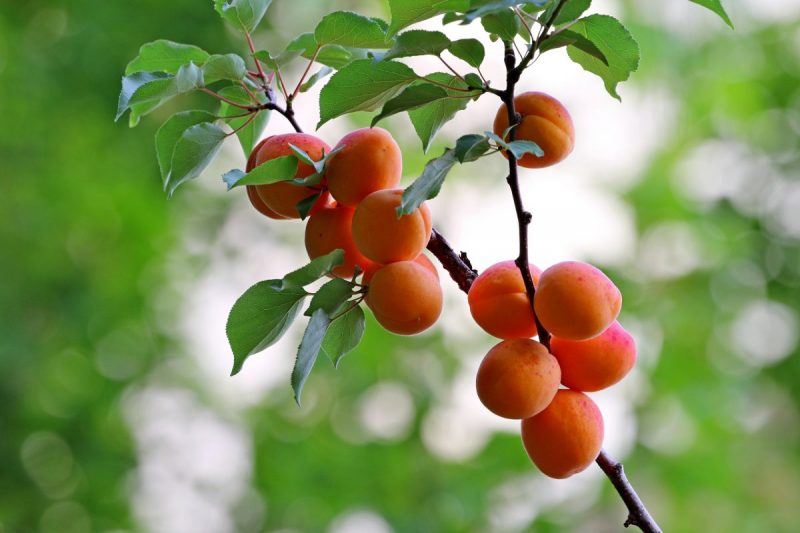
The apricot tree (Prunus armeniaca) is a fruit tree that is part of the Rosaceae family. This is a small tree with a wide, thick crown. The apricot leaves are lanceolate and slightly serrated, the flowers are white or pink, and the fruit is a fleshy orange-yellow drupe. Fruits contain sugar, protein, phosphorus, potassium, calcium, sulfur, magnesium, and vitamins (A, C, E, P). The apricot is native to Asia, from where it was brought by the Romans to Europe. This tree is very demanding of vegetation factors. In the absence of heat and light, it does not develop normally and production is low. If the cultivation technology is correct, it bears fruits 3-4 years after planting and ensures constant production for 15-20 years.
The main diseases of apricot trees
VIRUSES
Sharka (Plum pox virus)
Circular spots of discoloration form on the leaves, covering all the foliage. The symptoms disappear in the hot summer months. Circular yellowish spots appear on the fruit, clearly visible on unripe fruit. Attacked fruit falls from the tree before ripening. In case of a severe attack, circular spots also appear on the fruit pit. The virus is spread through the infected plant material as well as by treehoppers, aphids, and pollen.
Prevention and control measures:
- using healthy grafts and rootstocks;
- removing weeds and shrubs near orchards;
- insecticides treatments to control insect population.
PHYTOPLASMA
Apricot chlorotic leafroll (Phytoplasma prunorum)
The leaves are discolored, small, and twisted towards the upper side. The twigs have short internodes and are abnormally ramified. Heavily attacked trees are susceptible to frost, give poor yields, the fruit is tasteless, and the apricot trees eventually wither.
Prevention and control measures:
- using healthy grafts and rootstocks;
- trees grafted on myrobolan plums are more resistant to this disease.
BACTERIOSIS
Bacterial canker of stone fruits (Pseudomonas syringae pv. morsprunorum)
This disease occurs on young leaves, twigs, and fruit. Small, circular, watery-looking spots appear on the leaves. When humidity is high, bacterial ooze appears on the spot surface and is a yellowish-white, viscous pellicle. The attacked tissues dry out and fall off the leaf in dry weather. Thus, the apricot leaves have a pitted appearance. A strong attack causes tree defoliation. Small, pinkish-brown spots appear on the fruit. The attack causes the fruit to deform and the pulp to crack. This causes the apricots to lose their commercial value. Long spots appear on the twigs, and the bark turns brown and gets damaged. The wounds produce a viscous ooze, specific to bacteriosis. The wounds increase in size from year to year and may evolve into open cancers. Bacteria enter the tree through stomata, but most infections occur during grafting.
Prevention and control measures:
- using healthy grafts and rootstocks;
- chemical treatments with copper-based fungicides.
Crown gall (Agrobacterium radiobacter pv. tumefaciens)
The disease appears as tumors (galls), which vary in size depending on the plant’s age and the affected organ. Initially, small, smooth, and soft tumors appear on roots, stems, and rarely on branches or leaves. With time, the tumors enlarge, become brown or blackish-brown, and acquire a rough appearance. The pathogen enters the apricot tree through wounds caused by nematodes, hail, insects, etc. The appearance of this disease is also favored by temperatures between 22 and 30 °C and atmospheric humidity of 80 %.
Prevention and control measures:
- sorting apricot saplings before planting;
- apricot saplings should be planted on land that has been prepared accordingly;
- disinfecting scissors and tools when moving from one tree to another;
- pruning affected branches up to the healthy area, applying treatment with Bordeaux mixture, and covering wounds with tree wound sealer;
- soaking the sapling roots in a solution of Bordeaux mixture of 1%;
- apricot tree treatments during vegetation with copper-based products.
MYCOSIS
Brown rot (Monilinia laxa)
This disease attacks all aerial organs of trees, causing significant damage in cold and rainy years. Affected leaves hang down without falling off, flowers brown and wither, and branches bend into a hook shape. Young fruit shrivels, browns, and falls massively. The pulp of mature fruit rots and yellowish-grey spots appear on the outside. Eventually, the fruits mummify and remain on the tree, ensuring disease transmission into the following year. The fungus overwinters on the mummified fruit and in the bark of attacked branches.
Prevention and control measures:
- gathering and destroying attacked fruits;
- pruning and burning of the affected branches;
- pruning the affected branches down to the healthy area, applying treatment with Bordeaux mixture, and covering the wounds with tree wound sealer;
- chemical treatments during the dormant period with copper-based products;
- preventive treatments in vegetation with specific fungicides.
Recommended products
-
You can find products on a different store
Change Store -
You can find products on a different store
Change Store -
You can find products on a different store
Change Store -
You can find products on a different store
Change Store -
You can find products on a different store
Change Store -
You can find products on a different store
Change Store -
You can find products on a different store
Change Store -
You can find products on a different store
Change Store -
You can find products on a different store
Change Store -
You can find products on a different store
Change Store -
You can find products on a different store
Change Store -
You can find products on a different store
Change Store -
You can find products on a different store
Change Store -
You can find products on a different store
Change Store -
You can find products on a different store
Change Store -
You can find products on a different store
Change Store -
You can find products on a different store
Change Store -
You can find products on a different store
Change Store -
You can find products on a different store
Change Store -
You can find products on a different store
Change Store -
You can find products on a different store
Change Store -
You can find products on a different store
Change Store -
You can find products on a different store
Change Store -
You can find products on a different store
Change Store
Shot-hole disease (Stigmina carpophila)
The disease is common in untreated orchards and causes significant damage to stone fruit trees. Circular spots appear on the leaves and the tissues turn brown and eventually detach from the rest of the leaf. Punctiform formations appear on the fruit, surrounded by a purplish-red border. The fruit pulp loses its texture and taste. The fungus causes browning of the fruit, followed by wounds. This form of attack is very dangerous because it dries out the fruit buds. The spores spread the fungus and resist over winter in the sap that drains from the wounds. The fungus can also overwinter as mycelium on the branch’s surface.
Prevention and control measures:
- pruning and burning the affected branches;
- covering the wounds resulting from prunings with tree wound sealer;
- after pruning, treating the apricot trees with Bordeaux mixture;
- preventive treatments in vegetation with specific fungicides.
Recommended products
-
You can find products on a different store
Change Store -
You can find products on a different store
Change Store -
You can find products on a different store
Change Store -
You can find products on a different store
Change Store -
You can find products on a different store
Change Store -
You can find products on a different store
Change Store -
You can find products on a different store
Change Store -
You can find products on a different store
Change Store -
You can find products on a different store
Change Store -
You can find products on a different store
Change Store -
You can find products on a different store
Change Store -
You can find products on a different store
Change Store -
You can find products on a different store
Change Store -
You can find products on a different store
Change Store -
You can find products on a different store
Change Store -
You can find products on a different store
Change Store -
You can find products on a different store
Change Store -
You can find products on a different store
Change Store -
You can find products on a different store
Change Store -
You can find products on a different store
Change Store -
You can find products on a different store
Change Store -
You can find products on a different store
Change Store -
You can find products on a different store
Change Store -
You can find products on a different store
Change Store
Fusicoccum amygdali
A brown spot appears on the young twigs, around a bud. Cracks and sap leaks appear in the affected area. Leaves show burns on the edges and the attacked fruit rots. The spores of the fungus penetrate the apricot through wounds resulting from pruning, pest attack, or hail.
Prevention and control measures:
- pruning and burning the affected branches;
- covering the wounds resulting from the cuts with tree wound sealer;
- carrying out treatments after harvesting, after leaf fall, and in spring at bud break with specific fungicides;
Powdery mildew (Podosphaera tridactyla)
The attack appears on the young twigs’ leaves as white spots. These spread and cover the entire leaf. The disease progresses and the mycelium becomes greyish and dusty. Attacked tissues shrivel and dry out. The fungus also attacks young fruit. These become covered with white mycelial fuzz. The fruit cracks and rots.
Prevention and control measures:
- balanced fertilization;
- growing resistant varieties;
- burning twigs and attacked fruits;
- chemical treatments in vegetation with specific fungicides.
Recommended products
-
You can find products on a different store
Change Store -
You can find products on a different store
Change Store -
You can find products on a different store
Change Store -
You can find products on a different store
Change Store -
You can find products on a different store
Change Store -
You can find products on a different store
Change Store -
You can find products on a different store
Change Store -
You can find products on a different store
Change Store -
You can find products on a different store
Change Store -
You can find products on a different store
Change Store -
You can find products on a different store
Change Store -
You can find products on a different store
Change Store -
You can find products on a different store
Change Store -
You can find products on a different store
Change Store -
You can find products on a different store
Change Store -
You can find products on a different store
Change Store -
You can find products on a different store
Change Store -
You can find products on a different store
Change Store -
You can find products on a different store
Change Store -
You can find products on a different store
Change Store -
You can find products on a different store
Change Store -
You can find products on a different store
Change Store -
You can find products on a different store
Change Store -
You can find products on a different store
Change Store
Rust (Tranzschelia pruni-spinosae)
Yellow spots appear on the upper part of the leaf blade. Brown spores appear on the lower side, next to the spots, and later (towards the end of the vegetation) black resistance spores appear. The attack of this fungus causes low frost resistance and fruiting every 2 years. The fungus develops its first stages on various anemone plant species and then moves to fruit trees. Also, the blackthorn (Prunus spinosa) is an intermediate host where the fungus multiplies and then migrates to cultivated species. It overwinters as mycelium in the underground organs of anemone plant species.
Prevention and control measures:
- gathering and destroying leaves in the orchard;
- eliminating Prunus spinosa and Anemone spp. near orchards;
- chemical treatments with specific fungicides.
Recommended products
-
You can find products on a different store
Change Store -
You can find products on a different store
Change Store -
You can find products on a different store
Change Store -
You can find products on a different store
Change Store -
You can find products on a different store
Change Store -
You can find products on a different store
Change Store -
You can find products on a different store
Change Store -
You can find products on a different store
Change Store -
You can find products on a different store
Change Store -
You can find products on a different store
Change Store -
You can find products on a different store
Change Store -
You can find products on a different store
Change Store -
You can find products on a different store
Change Store -
You can find products on a different store
Change Store -
You can find products on a different store
Change Store -
You can find products on a different store
Change Store -
You can find products on a different store
Change Store -
You can find products on a different store
Change Store -
You can find products on a different store
Change Store -
You can find products on a different store
Change Store -
You can find products on a different store
Change Store -
You can find products on a different store
Change Store -
You can find products on a different store
Change Store -
You can find products on a different store
Change Store
Cherry leaf spot (Blumeriella jaapii)
The first symptoms appear in early summer. Small reddish spots appear on the upper part of the leaves. With time the spots grow and cover the whole leaf. Affected leaves fall off the tree. This causes tree defoliation. If the disease appears for several years in a row, it can cause premature withering. Besides the leaves, the fungus also attacks the fruit stalks. Following the attack, the fruit ripens unevenly and remains small and tasteless.
Prevention and control measures:
- burning plant debris from the orchard;
- proper pruning to maintain a light and airy crown;
- chemical treatments with specific fungicides.
The main pests of apricot trees
The peach twig borer (Anarsia lineatella)
This species is also found in apricot trees. It develops three generations per year and overwinters as a larva under the exfoliated bark. In the spring, they leave the winter shelter and attack the buds. In young twigs, the larvae gnaw penetrating holes. Newly emerged females lay eggs on the buds, and the larvae will penetrate the fruits of the early varieties. The larvae of the next generations penetrate the fruits in the ripening phase, where they dig deep galleries.
Control methods:
- pruning and destroying the affected branches (twigs);
- chemical treatments with specific insecticides.
Recommended products
-
You can find products on a different store
Change Store -
You can find products on a different store
Change Store -
You can find products on a different store
Change Store -
You can find products on a different store
Change Store -
You can find products on a different store
Change Store -
You can find products on a different store
Change Store -
You can find products on a different store
Change Store -
You can find products on a different store
Change Store -
You can find products on a different store
Change Store -
You can find products on a different store
Change Store -
You can find products on a different store
Change Store -
You can find products on a different store
Change Store -
You can find products on a different store
Change Store -
You can find products on a different store
Change Store -
You can find products on a different store
Change Store -
You can find products on a different store
Change Store -
You can find products on a different store
Change Store -
You can find products on a different store
Change Store -
You can find products on a different store
Change Store -
You can find products on a different store
Change Store -
You can find products on a different store
Change Store -
You can find products on a different store
Change Store -
You can find products on a different store
Change Store -
You can find products on a different store
Change Store
Aphids
They are polyphagous species that migrate from one plant to another or from one species to another. They grow on spontaneous flora and then move to cultivated species. They form colonies on the underside of leaves, on flowers or inflorescences, and young twigs. The insects sting and suck the plant’s sap, causing stress. In case of severe attack, the tree’s resistance to disease is reduced.
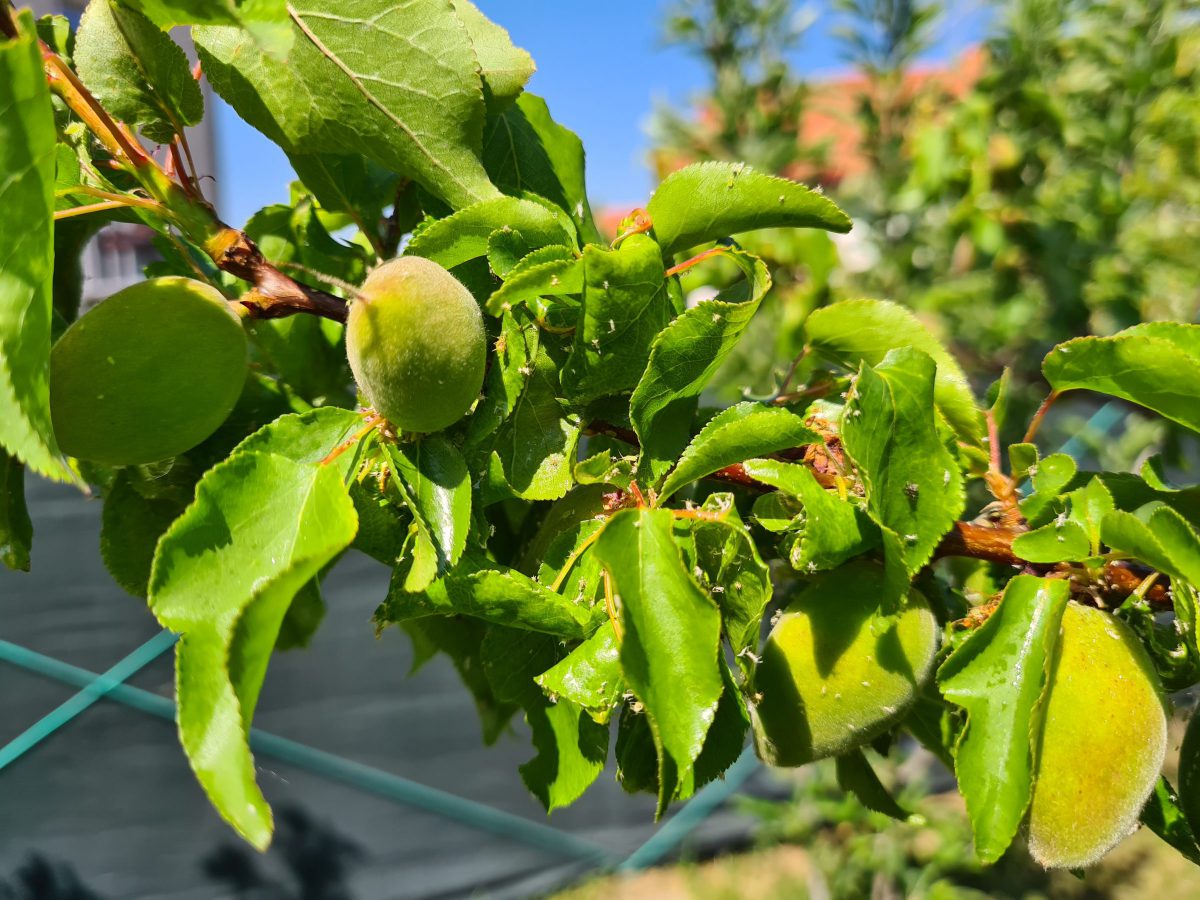

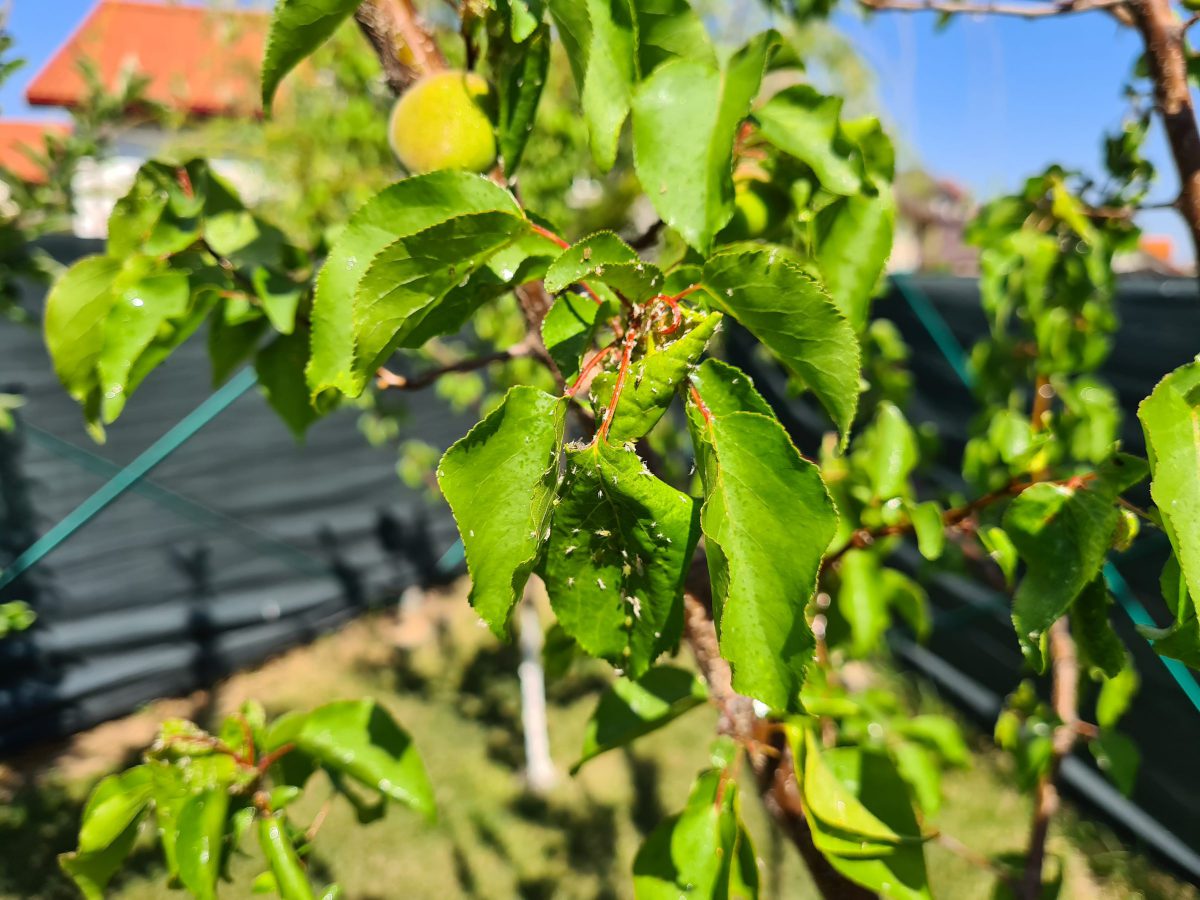
Control methods:
- chemical treatments with specific insecticides.
Recommended products
-
You can find products on a different store
Change Store -
You can find products on a different store
Change Store -
You can find products on a different store
Change Store -
You can find products on a different store
Change Store -
You can find products on a different store
Change Store -
You can find products on a different store
Change Store -
You can find products on a different store
Change Store -
You can find products on a different store
Change Store -
You can find products on a different store
Change Store -
You can find products on a different store
Change Store -
You can find products on a different store
Change Store -
You can find products on a different store
Change Store -
You can find products on a different store
Change Store -
You can find products on a different store
Change Store -
You can find products on a different store
Change Store -
You can find products on a different store
Change Store -
You can find products on a different store
Change Store -
You can find products on a different store
Change Store -
You can find products on a different store
Change Store -
You can find products on a different store
Change Store -
You can find products on a different store
Change Store -
You can find products on a different store
Change Store -
You can find products on a different store
Change Store -
You can find products on a different store
Change Store
Oriental fruit moth (Grapholita molesta)
It has 3-4 generations per year and overwinters like a larva in a silky cocoon in the cracks of the bark. This moth attacks the twigs, leaves, and fruits of the apricot tree, but it does the most damage to the fruit. The larvae of the first generations attack the twigs and feed on them, causing great damage to newly established orchards and nurseries. The larvae of generations III and IV cause significant damage to the fruit. They enter the fruit through the stalk area or the “tip” area and gnaw irregular galleries around the pit. Fruits stagnate from growth, rot, and fall.
Control methods:
- pruning and destroying attacked fruits and twigs;
- using attractant traps;
- chemical treatments applied during mass flight with specific insecticides.
Recommended products
-
You can find products on a different store
Change Store -
You can find products on a different store
Change Store -
You can find products on a different store
Change Store -
You can find products on a different store
Change Store -
You can find products on a different store
Change Store -
You can find products on a different store
Change Store -
You can find products on a different store
Change Store -
You can find products on a different store
Change Store -
You can find products on a different store
Change Store -
You can find products on a different store
Change Store -
You can find products on a different store
Change Store -
You can find products on a different store
Change Store -
You can find products on a different store
Change Store -
You can find products on a different store
Change Store -
You can find products on a different store
Change Store -
You can find products on a different store
Change Store -
You can find products on a different store
Change Store -
You can find products on a different store
Change Store -
You can find products on a different store
Change Store -
You can find products on a different store
Change Store -
You can find products on a different store
Change Store -
You can find products on a different store
Change Store -
You can find products on a different store
Change Store -
You can find products on a different store
Change Store
Plum fruit moth (Cydia funebrana)
This species attacks stone fruit trees. It develops two generations per year and overwinters in a cocoon under the bark of trees or in various sheltered places. The larvae penetrate the fruit and feed on the pulp and seeds. The attacked fruits stagnate from growth and fall. The larvae continue to feed on the fallen fruit. After feeding, they come out of the fruit and look for the right place for winter.
Control methods:
- apricot tree treatments with specific insecticides.
Recommended products
-
You can find products on a different store
Change Store -
You can find products on a different store
Change Store -
You can find products on a different store
Change Store -
You can find products on a different store
Change Store -
You can find products on a different store
Change Store -
You can find products on a different store
Change Store -
You can find products on a different store
Change Store -
You can find products on a different store
Change Store -
You can find products on a different store
Change Store -
You can find products on a different store
Change Store -
You can find products on a different store
Change Store -
You can find products on a different store
Change Store -
You can find products on a different store
Change Store -
You can find products on a different store
Change Store -
You can find products on a different store
Change Store -
You can find products on a different store
Change Store -
You can find products on a different store
Change Store -
You can find products on a different store
Change Store -
You can find products on a different store
Change Store -
You can find products on a different store
Change Store -
You can find products on a different store
Change Store -
You can find products on a different store
Change Store -
You can find products on a different store
Change Store -
You can find products on a different store
Change Store
Fall webworm moth (Hyphantria cunea)
It is a polyphagous species that attacks ornamental trees (mulberry, plane tree, etc.) as well as fruit tree species. It has two generations per year and overwinters as a pupa in the surface layer of the soil. This pest causes tree defoliation and thus lower fruit production. The caterpillars settle on the underside of the leaves and begin to consume them. They also build a kind of nest, inside which they feed.
Control methods:
- chemical treatments with specific insecticides.
Recommended products
-
You can find products on a different store
Change Store -
You can find products on a different store
Change Store -
You can find products on a different store
Change Store -
You can find products on a different store
Change Store -
You can find products on a different store
Change Store -
You can find products on a different store
Change Store -
You can find products on a different store
Change Store -
You can find products on a different store
Change Store -
You can find products on a different store
Change Store -
You can find products on a different store
Change Store -
You can find products on a different store
Change Store -
You can find products on a different store
Change Store -
You can find products on a different store
Change Store -
You can find products on a different store
Change Store -
You can find products on a different store
Change Store -
You can find products on a different store
Change Store -
You can find products on a different store
Change Store -
You can find products on a different store
Change Store -
You can find products on a different store
Change Store -
You can find products on a different store
Change Store -
You can find products on a different store
Change Store -
You can find products on a different store
Change Store -
You can find products on a different store
Change Store -
You can find products on a different store
Change Store
Brown-tail moth (Euproctis chrysorrhoea)
It is a polyphagous species that attacks several trees and fruit trees. It has one generation per year and overwinters like a larva in a cocoon at the top of the twigs. The larvae attack buds and leaves and may cause tree defoliation. To detect the presence of this pest, trees should be examined very carefully.
Control methods:
- removing branches on which larvae are present;
- apricot tree treatments with specific insecticides.
Recommended products
-
You can find products on a different store
Change Store -
You can find products on a different store
Change Store -
You can find products on a different store
Change Store -
You can find products on a different store
Change Store -
You can find products on a different store
Change Store -
You can find products on a different store
Change Store -
You can find products on a different store
Change Store -
You can find products on a different store
Change Store -
You can find products on a different store
Change Store -
You can find products on a different store
Change Store -
You can find products on a different store
Change Store -
You can find products on a different store
Change Store -
You can find products on a different store
Change Store -
You can find products on a different store
Change Store -
You can find products on a different store
Change Store -
You can find products on a different store
Change Store -
You can find products on a different store
Change Store -
You can find products on a different store
Change Store -
You can find products on a different store
Change Store -
You can find products on a different store
Change Store -
You can find products on a different store
Change Store -
You can find products on a different store
Change Store -
You can find products on a different store
Change Store -
You can find products on a different store
Change Store
Buffalo treehopper (Ceresa bubalus)
It is a species that causes indirect damage to fruit trees. It develops one generation per year and overwinters like an egg in tree bark cracks. This treehopper feeds on the herbaceous plant sap (clover, alfalfa, etc.). The females lay their eggs on tree branches in an incision made with the ovipositor. The bark cracks in the affected area and sap circulation is stopped. Attacked branches no longer bear fruit normally, and dry up when attacked severely. Also, the wounds produced are entry points for plant pathogens. The greatest damage occurs to saplings, which dry up after the attack.
Control methods:
Fighting this insect is difficult and requires preventive methods.
- careful checking of the planting material.
- cleaning the branches with a rough brush;
- pruning and burning affected branches;
- destroying weeds in the orchard;
- chemical treatments during the dormant period.
Citrus flatid planthopper (Metcalfa pruinosa)
It is a polyphagous species that attacks vines, ornamental trees, shrubs, and fruit trees (including the apricot tree). It develops one generation per year and overwinters in the egg stage in the branches of the attacked plants. Adults and larvae feed on the sap of attacked plants, preventing plant growth and spreading numerous diseases and viruses. Fighting this species is very difficult because of the waxy layer covering the insect’s body. For this reason, the planthopper can quite easily be confused with the woolly apple aphid (Eriosoma lanigerum).
Control methods:
- chemical treatments with specific insecticides, alternating products from different classes.
Recommended products
-
You can find products on a different store
Change Store -
You can find products on a different store
Change Store -
You can find products on a different store
Change Store -
You can find products on a different store
Change Store -
You can find products on a different store
Change Store -
You can find products on a different store
Change Store -
You can find products on a different store
Change Store -
You can find products on a different store
Change Store -
You can find products on a different store
Change Store -
You can find products on a different store
Change Store -
You can find products on a different store
Change Store -
You can find products on a different store
Change Store -
You can find products on a different store
Change Store -
You can find products on a different store
Change Store -
You can find products on a different store
Change Store -
You can find products on a different store
Change Store -
You can find products on a different store
Change Store -
You can find products on a different store
Change Store -
You can find products on a different store
Change Store -
You can find products on a different store
Change Store -
You can find products on a different store
Change Store -
You can find products on a different store
Change Store -
You can find products on a different store
Change Store -
You can find products on a different store
Change Store
Plum scale (Sphaerolecanium prunastri)
It is a polyphagous species that attacks several fruit trees (including the apricot tree), vines, etc. It develops one generation per year and overwinters as a larva on the bark of attacked branches. Adults and larvae colonize the branches causing tissue necrosis. They can also attack the leaves, leading to their deformation and fall. The attacked plants are covered with sweet droppings, which favors the appearance of phytopathogenic fungi.
Control methods:
- cleaning the branches with a rough brush;
- applying dormant period treatments with horticultural oil-based products;
- apricot tree treatments with specific insecticides.
Recommended products
-
You can find products on a different store
Change Store -
You can find products on a different store
Change Store -
You can find products on a different store
Change Store -
You can find products on a different store
Change Store -
You can find products on a different store
Change Store -
You can find products on a different store
Change Store -
You can find products on a different store
Change Store -
You can find products on a different store
Change Store -
You can find products on a different store
Change Store -
You can find products on a different store
Change Store -
You can find products on a different store
Change Store -
You can find products on a different store
Change Store -
You can find products on a different store
Change Store -
You can find products on a different store
Change Store -
You can find products on a different store
Change Store -
You can find products on a different store
Change Store -
You can find products on a different store
Change Store -
You can find products on a different store
Change Store -
You can find products on a different store
Change Store -
You can find products on a different store
Change Store -
You can find products on a different store
Change Store -
You can find products on a different store
Change Store -
You can find products on a different store
Change Store -
You can find products on a different store
Change Store
San Jose scale (Quadraspidiotus perniciosus)
It is a polyphagous species that attacks over 200 species of plants. It has 1-3 generations per year and overwinters as larvae on affected species bark. Females and larvae spread to all organs of the affected plants, including the fruit, and feed on host plants sap. In case of a massive attack, the shields that protect the body of the insect overlap and suffocate the trees. They stagnate from growth, and after 2-3 years they dry out.
Control methods:
- cleaning the branches with a rough brush;
- applying dormant period treatments with horticultural oil-based products;
- chemical treatments with specific insecticides.
Recommended products
-
You can find products on a different store
Change Store -
You can find products on a different store
Change Store -
You can find products on a different store
Change Store -
You can find products on a different store
Change Store -
You can find products on a different store
Change Store -
You can find products on a different store
Change Store -
You can find products on a different store
Change Store -
You can find products on a different store
Change Store -
You can find products on a different store
Change Store -
You can find products on a different store
Change Store -
You can find products on a different store
Change Store -
You can find products on a different store
Change Store -
You can find products on a different store
Change Store -
You can find products on a different store
Change Store -
You can find products on a different store
Change Store -
You can find products on a different store
Change Store -
You can find products on a different store
Change Store -
You can find products on a different store
Change Store -
You can find products on a different store
Change Store -
You can find products on a different store
Change Store -
You can find products on a different store
Change Store -
You can find products on a different store
Change Store -
You can find products on a different store
Change Store -
You can find products on a different store
Change Store
Shothole borer (Scolytus rugulosus)
It is a polyphagous pest that attacks many species (including the apricot tree). They are present in old orchards. The larvae and adults live in the space between the bark and the wood and feed on the phloem. Adults gnaw galleries along the stem and branches, and larvae gnaw holes in the wood. If the attacks are strong and repeated, the trees dry out.
Control methods:
- burning of affected trees and branches;
- checking the planting material;
- collecting all debris from the orchard;
- performing specific treatments during the dormant period;
- chemical treatments with specific insecticides.
Summer fruit tortrix (Adoxophyes orana)
It is a polyphagous pest that attacks over 47 species of herbaceous and woody plants (including the apricot tree). In spring, the larvae gnaw on buds, flowers, and leaves. The larvae enter the fruit where they dig shallow galleries. The wounds made are the entry points for fungi of the genus Monilinia.
Control methods:
- chemical treatments with specific insecticides.
Recommended products
-
You can find products on a different store
Change Store -
You can find products on a different store
Change Store -
You can find products on a different store
Change Store -
You can find products on a different store
Change Store -
You can find products on a different store
Change Store -
You can find products on a different store
Change Store -
You can find products on a different store
Change Store -
You can find products on a different store
Change Store -
You can find products on a different store
Change Store -
You can find products on a different store
Change Store -
You can find products on a different store
Change Store -
You can find products on a different store
Change Store -
You can find products on a different store
Change Store -
You can find products on a different store
Change Store -
You can find products on a different store
Change Store -
You can find products on a different store
Change Store -
You can find products on a different store
Change Store -
You can find products on a different store
Change Store -
You can find products on a different store
Change Store -
You can find products on a different store
Change Store -
You can find products on a different store
Change Store -
You can find products on a different store
Change Store -
You can find products on a different store
Change Store -
You can find products on a different store
Change Store
Peach weevil (Rhynchites bacchus)
Adults feed on flower buds, leaves, and fruits. It is a polyphagous species that attacks fruit tree species. Females lay eggs in freshly formed fruits. The larvae grow in fruits, where they consume pulp and seeds. This pest can only develop in the presence of brown rot disease.
Control methods:
- mobilizing the soil in the orchard, in autumn;
- gathering mummified fruits;
- chemical treatments with specific insecticides.
Perotis beetle (Perotis lugubris) and Flatheaded woodborer (Capnodis tenebrionis)
These pests attack different species of trees and fruit trees but prefer peach and apricot trees. The adults feed on the buds, leaves, saplings twigs, and the larvae gnaw galleries in the root and crown area. Attacked trees wither as a result of the attack, the biggest damage being registered in the nurseries.
Control methods:
- chemical treatments with specific insecticides.














































































































































































































































































































































































































































